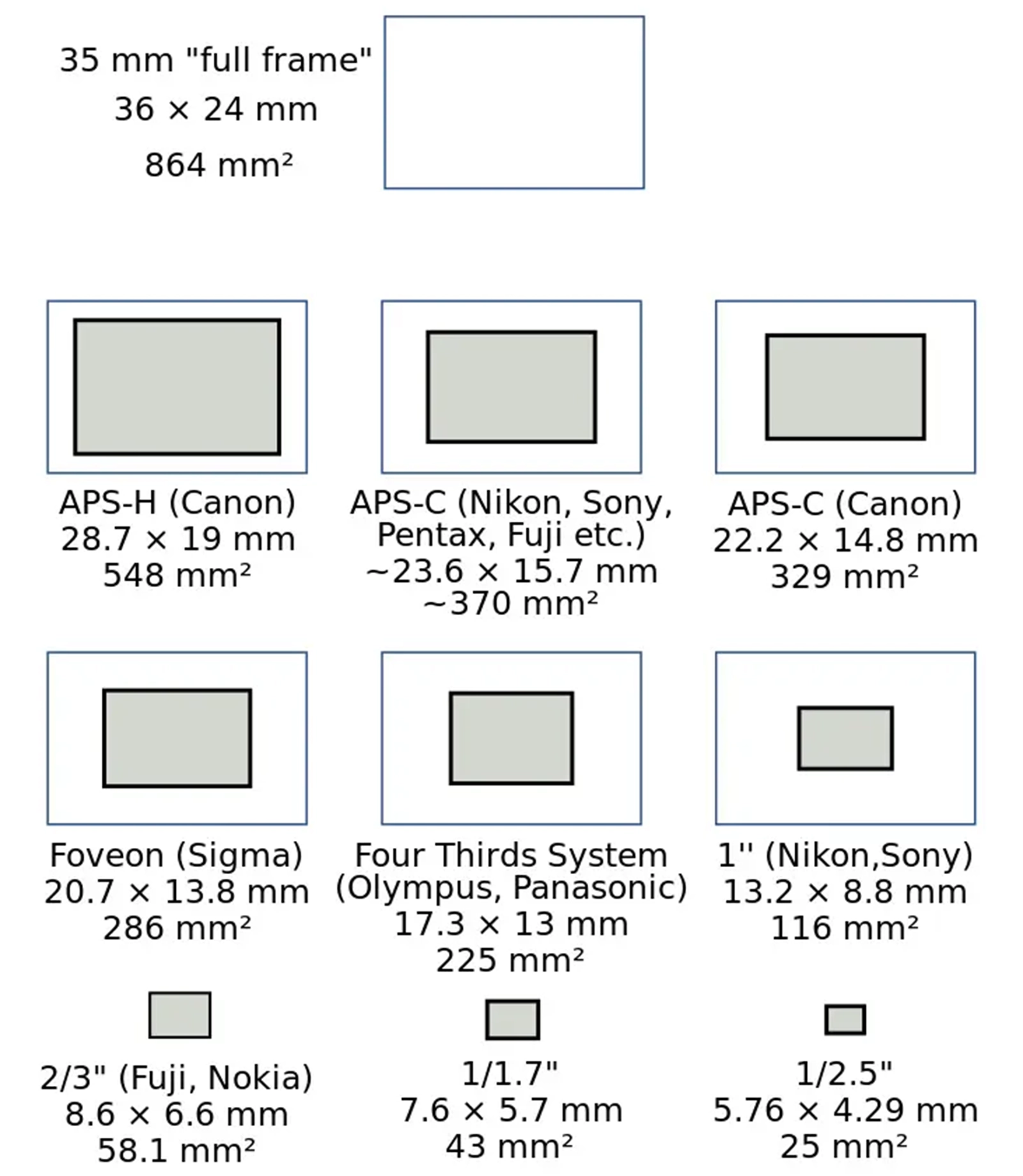Canon Put Its 250MP APS-H Sensor Front-And-Center at Chinese Trade Show
![]()
This week, Canon showcased a 250-megapixel APS-H CMOS image sensor that is housed in a box-like body and available in both RGB and monochrome configurations. It perhaps serves as a good example of Canon’s sensor technology but don’t expect to find it deployed into a consumer camera.
The sensor and box camera it is housed in made an appearance this week at the China International Public Security Products Expo.
“At this year’s CPSE, the focus was on the 250-megapixel high-pixel CMOS image sensor LI8020SA, which can be used for high-precision flat display inspection, industrial inspection, and large-scale monitoring,” Canon says.
This sensor isn’t new — Canon showcased its capabilities going back at least three years — but it might be the first time Canon featured it so prominently in a trade show setting. The LI8020SA is a 250-megapixel APS-H format sensor that uses a square pixel arrangement of 1.5µm x 1.5µm pixels and can support up to five frames per second shooting. APS-H is a rather unusual sensor size in modern consumer photography and sits between APS-C (Canon’s measures 22.4 by 14.9 mm) and full-frame (which measures between 35.9 by 23.9 and 36 by 24mm, depending on the manufacturer) with a measurement of 27.9mm by 18.6mm.

While smaller than full-frame sensors, Canon’s LI8020SA has 19,568 by 12,588 effective pixels, making it incredibly high resolution.
“The Canon LI8020SA CMOS sensor minimizes noise without sacrificing speed by sharing floating diffusion capacitance between multiple pixels, resulting in shrunken readout circuitry and larger photodiode sizes. Progressive reading of small 1.5µm pixels occurs across 16 digital output channels to handle the enormous amount of image data created by roughly 250 million effective pixels,” Canon explains.
“At full resolution, the LI8020SA CMOS sensor achieves a fast frame rate of 5 FPS. With single Region of Interest (ROI) windowing, faster frame rates can be achieved through reduced resolution, creating flexibility in performance.”
As much as this sensor would be sought after by many photographers, it’s not meant for the creation of art. Canon describes it as best used for flat-panel-display inspection (4K, 8K panel), industrial inspection, video production, security, wide-area surveillance, aerial mapping, digital archiving, and microscopes. Like many of Canon’s impressive-sounding industrial sensors, this one doesn’t seem bound for consumer use.
Image credits: Canon